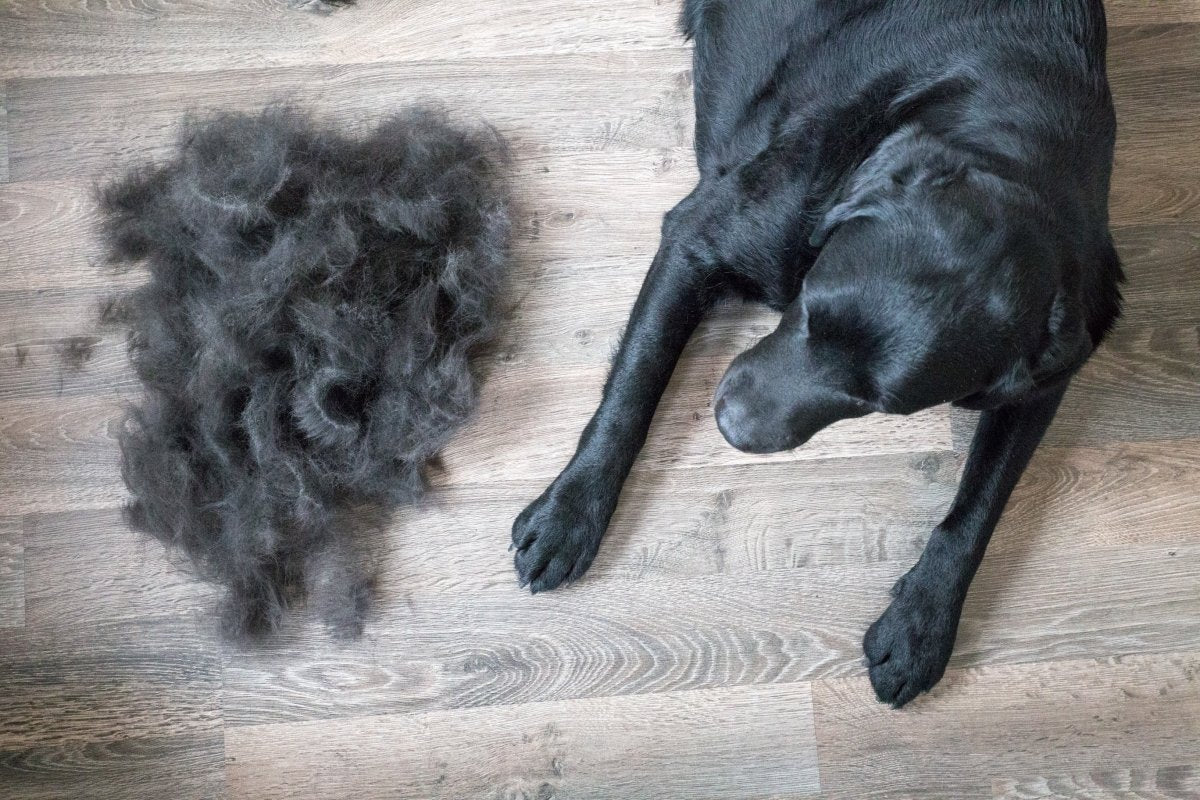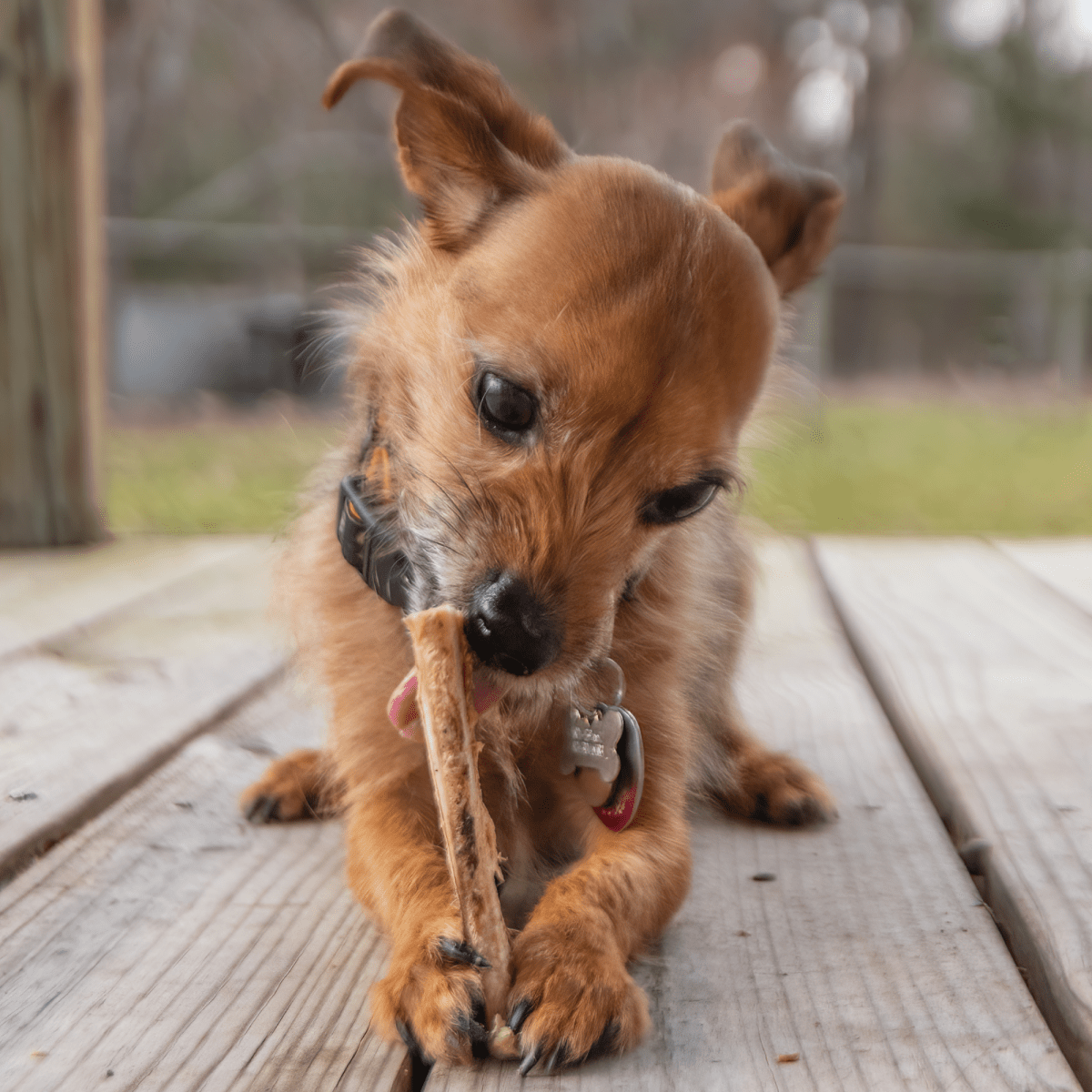
Whether you’re looking for dog grooming tips or a dog that will keep your allergies at bay, it’s important to understand the difference between hair and fur and identify which one your dog has. Often, the terms hair and fur are used interchangeably, when in reality they both have unique features that have different implications for both you and your dog.
Hair vs. Fur
People tend to think of hair as a human trait and fur like an animal’s, but what is the difference between the two? The answer is nothing at all. Fur and hair are made up of the same exact protein, keratin, which makes them scientifically identical. Keratin is the protein found in both human and dog hair, skin, and nails. Though hair and fur are chemically the same, there are other differentiating factors that are important to know.
Fur vs. Hair Growth
All dogs, whether they have hair or fur, have different stages of hair (and fur) growth. The first of these stages is the anagen phase where hair and fur are actively growing. Dogs with hair stay in this phase for a longer period of time, so they often require more grooming to keep their hair at the desired length. The longer active growing phase causes a delay in reaching the exogen phase, or the phase where hair and fur are lost. This is why dogs with hair are known to shed less than those with fur.
What This Means for Dog Allergies
Dogs with hair are called hypoallergenic dogs and are often better for people with dog allergies because of their lack of shedding. But if hair and fur are the same, how can someone be more allergic to one than the other? It’s important to note that people are not actually allergic to fur itself, rather the dander that lives in fur. Since dogs with fur shed more often, the dander is released and has a higher chance of affecting you. Dogs with hair still have this dander and can still cause allergic reactions, but they are usually less extreme.
Fur vs. Hair Texture
Fur is usually shorter and denser than hair. This is because dogs with fur have more hair follicles. Dogs with fur can also have double coats that are made up of a top coat and an undercoat. Hair, on the other hand, only has one layer and is much smoother and finer.
Types of Dog Hair
Dogs with fur can have two coats because their fur is made out of two layers of hair. One layer is called ground hair and the other is called guard hair. Ground hair is softer and is used for insulation, while guard hair is coarse and is used for protection. Dogs with hair only have one layer that is a mix between these two hair types.
What This Means for Dog Grooming
Dogs with hair shed less which is great for household cleaning and requires much less time spent vacuuming. However, hair does come with a greater need for grooming. Not only does hair grow longer than fur, but since it doesn’t fall out as often, dander is trapped inside the hair, causing it to easily become matted and knotted. Dogs with hair should be brushed and bathed often to prevent this. However, be sure not to bathe your dog too often because just like with humans, over-washing will cause the loss of natural, healthy oils and dry skin.
Though dogs with fur may not be as prone to matting, it is still important to brush them frequently. Brushing them down to their undercoat will help get rid of tangles and some of the extra hair before it is shed around the house.
Dog hair and fur may be scientifically identical, but they both call for different types of grooming and upkeep. Every breed is different and it’s important to do your research and talk with your vet when making a grooming plan for your dog.
—
Want to learn more pet tips? Check out our blog. And for great deals on all-natural dog chews, visit our website.
Comments will be approved before showing up.

With so many different dog treats on the market, knowing what works best for your specific situation will save you time, money, and ensure your pup gets maximum enjoyment from every reward.

Choosing the perfect chew for your small dog can be tough, as it's not a one-size-fits-all situation. Learn about the best chew bones for your small dog here!